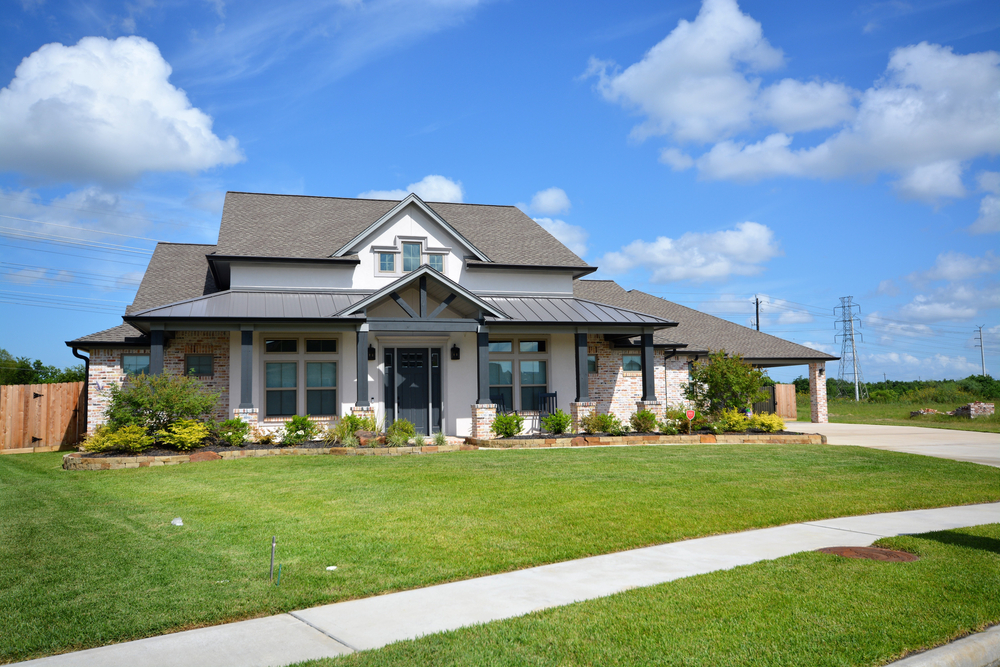Building a home versus purchasing one means that you can have a design that truly meets your lifestyle and needs.
Yet there are many considerations that come into play when deciding to build a house rather than purchasing an existing one.
The median price of a home in Texas is $273,300, which is only slightly lower than building one for the average price of $296,652.
For many people who are thinking about building a home, the cost is usually not the biggest consideration.
Building a home is a once-in-a-lifetime opportunity or challenge depending on how you look at it.
The bottom line is that the new home can be customized down to the finest detail so that it meets all the homeowner’s needs.
Table of Contents
Purchasing Texas Land

In order to build a new home, the land must be purchased. Where the land is located is going to greatly affect the price.
Also, the amount of land that is needed will also drive the price point. For many single-family homes, only a half-acre lot is needed, so search for that amount.
If you prefer not to be in a subdivision or an area zoned for single-family homes, more land may be acquired to build a buffer of sorts from neighboring homes and development.
One thing to consider is where raw land or a finished lot is desired. A finished lot will generally have utility hookups access.
General Land Prices in Texas
This shows some general pricing for quarter and half-acre lots in Texas.
- Austin – $69,500 – 1.5 M
- Dallas – $18,900 – 900,000
- Fort Worth – $55,000 – 850,000
- Houston – $15,900 – 2.7 M
- San Antonio – $24,000 – 489,000
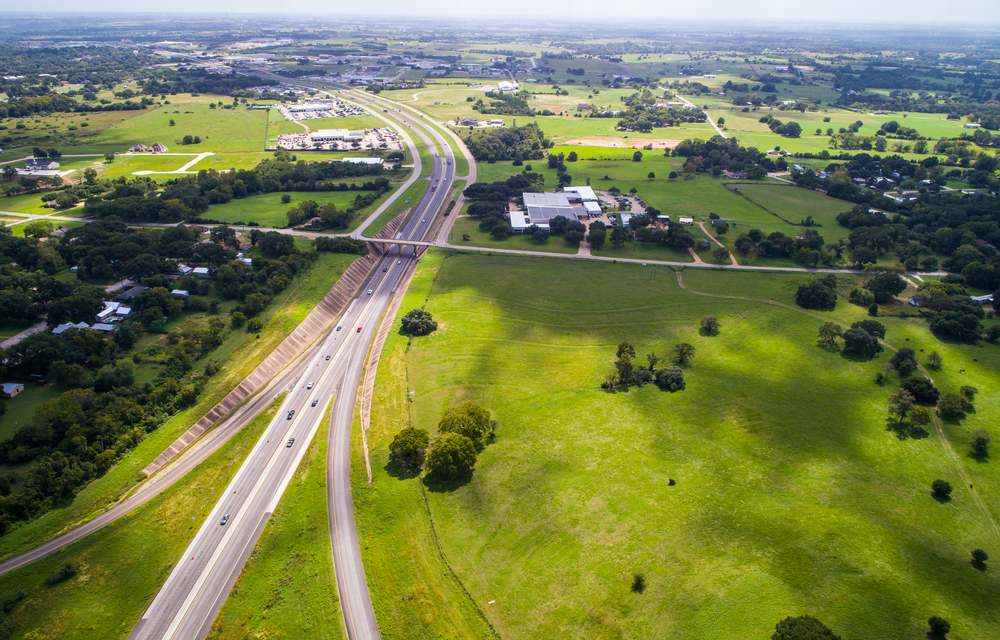
This shows the wide range of pricing. Again, the location of the land plays a large role in determining the cost.
Also, if the land is in a desirable location, the popularity of the area will also drive the price. Setting a general price of land in Texas is difficult because of the wide number of ever-ranging variables.
Another consideration is that if you decide to purchase land in a rural area, there may be additional steps that you need to take.
Un-surveyed land or land that hasn’t been surveyed in many years may need to be examined by a professional to determine the exact acreage.
Also, there may be timber that needs to be cleared or topographical features, such as creeks, that need to be managed or dealt with.
Another step that you may need to take is to demolish any existing structures on the property.
This doesn’t necessarily mean an end to the overall project, but it is something that needs to be planned for.
In general, it costs $6,750 to demolish a home without a basement and $12,643 for a structure with a basement.
Building Permits
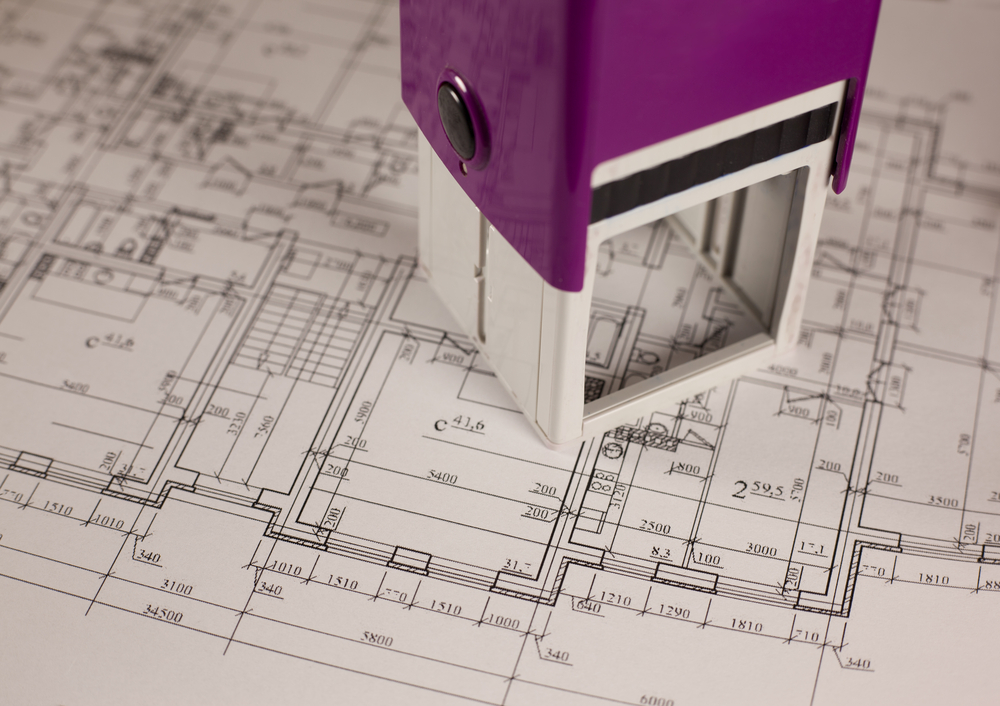
Getting the appropriate permits is a necessary part of the construction process. The total amount will depend on where the home will be located but generally will cost around $1,200–2,000.
It all depends on the project and local regulations.
The permitting process typically comes after a blueprint is issued by the architect. The timing of permits needs to be considered because once they are issued, construction needs to begin within six months.
They will remain valid until the construction process is finalized.
While approaching a construction project by obtaining all of the paperwork, like permits, insurance, etc., can seem intimidating, it’s an important part of ensuring that a construction project will be successful.
Without the appropriate permits and insurance, the potential homeowner faces steep fines. Add to that, local officials have the right to demolish any structure that does not meet established standards.
That’s a costly risk that no one wants to face.
An additional reason for appropriate permitting is that code standards are established based on the risks that are prevalent in an area.
In Texas, this can mean ensuring that homes are suitable for Texas weather risks, for instance, such as hurricanes, tornados, and flooding.
Developing a Budget for Texas Home Construction

The best place to start is with the average cost per square foot for new home construction in Texas.
This ranges from $91–134 per square foot. This gives an average of $114 for each square foot.
This figure is on track with other states where the average home costs $296,652 or approximately the $114 square foot price.
The variables in the budget will depend on several factors. These include the building materials you decide on, how large of a home you are looking to build, and the cost of labor in your local market.
Note: market fluctuations due to the pandemic have elevated the cost of many materials including lumber.
Benefits of a Land Plot in Planned Community or Subdivision
The types of lots available in Texas are almost endless. It is possible to purchase large tracts of land or a smaller half-acre lot for a single-family home.
The main benefit of a developed area is that roads and utilities will already be established.
Some of these developed areas will also have common green spaces and controlled entrances.
The downside may be that they will have a Homeowners Association or deed restrictions that control the use of the property.
Understand all these requirements before committing to a plot of land.
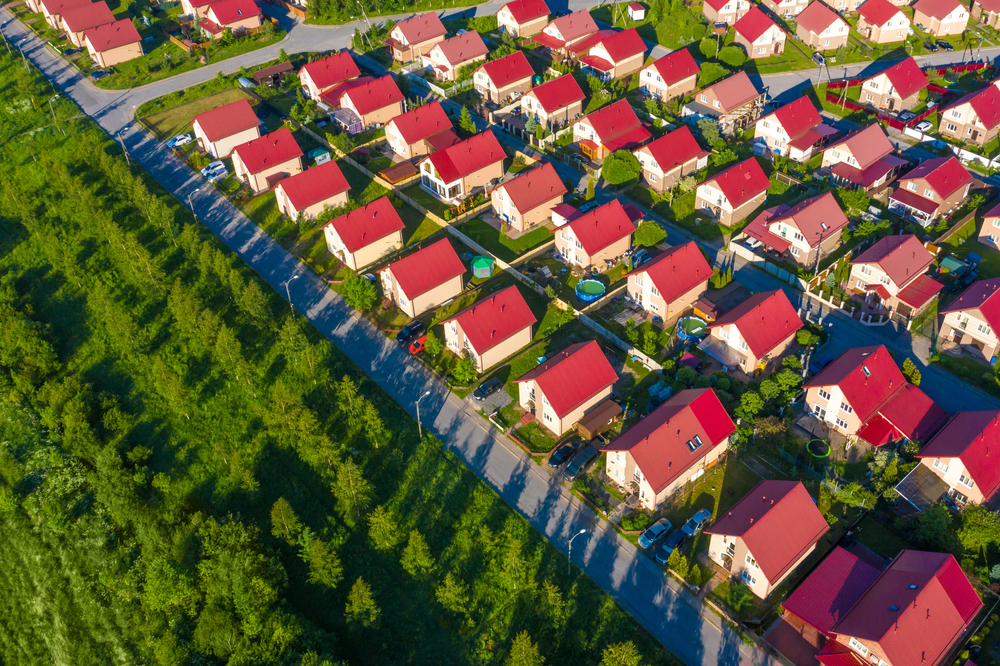
When purchasing land in a subdivision, it’s important to understand what the community plan is.
If the homeowner will need to retain a surveyor or install a septic tank, these are budget items that they need to be aware of from the beginning.
Also, if permanent roads have not been installed, is there a plan to do so, or is routine grading going to occur.
These are all additional costs that the homeowner will need to factor into their budget.
Purchasing Raw or Unplotted Land
Land that has never been developed is considered “raw”. These types of parcels are attractive because they are less expensive.
However, they do require a significant investment when it comes to building, installing utilities, and roads.
Average Home Construction Prices
The median price of building a single-family home in the United States is $248.00. This gives a square foot price of $100–150.
In the Dallas Fort Worth area, the construction of new single-family homes is about the same. The average cost is $250,000.
There are many variables that can drive up the cost of a new single-family home. Paying attention to the details lets homeowners decide which items on their wish list are “must-haves”.
Some parts of the construction process are not necessarily sexy, but they are all important and have a price tag attached.

Starting From the Ground Up
Every home construction process begins with establishing the foundation. That’s when the real work begins.
Depending on the type of foundation that is chosen, most will cost anywhere from $4,500–21,000.
Choosing a Roof
The type of roof that is chosen will drive the cost. More expensive materials, such as a slate roof, will increase the budget amount.
The median amount though for a new home roof in Texas is around $7,300.
Getting into the Fun Stuff: Fixtures and Finishes
For many people, choosing the fixture and finishes for their new home is the most enjoyable part of the process.
This includes everything from deciding on kitchen and bathroom tiles to selecting countertops, flooring, and cupboards.
These are the items that give the new home a certain “look” or style. Prices are extremely variable here as some people want high-end choices while others choose to selectively cut costs.
Setting Up a New Home with Appliances
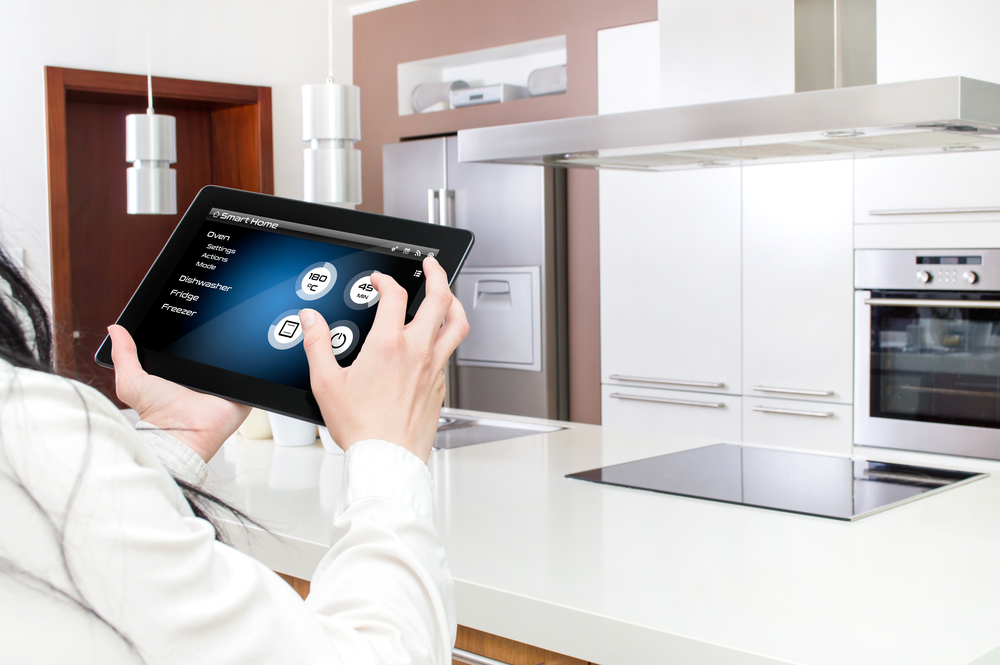
In today’s marketplace, there are so many options when it comes to appliances. Homeowners need to look for energy-efficient appliances, but there are also now smart home appliances that provide an additional level of convenience.
But selecting the appliance is only part of the job, they will also need to be wired and plumbed, so these costs need to be factored into the budget.
Another Budget Item: Impact Fees
For the most part, homeowners can estimate that these fees will be around $2,000 to the government.
These monies are used for general public services such as water treatment, roads, and parks in the community.
To mitigate the amount of these fees, do as much research as possible. It also can help if your construction schedule is somewhat flexible.
This can help avoid dramatic price fluctuations.
The Cost of Finishes
One question that many have when building a new home is “why does the finishing cost so much?”
In all, the finishing, such as flooring, cabinets, doors, appliances, and kitchen fixtures will take approximately 25% of the entire construction budget.
Again, it truly depends on how high-end someone decides to go with the finishes. Obviously, finishes in a rental home will not be as costly as those in a luxury property.
It is important to keep an eye on these costs because they can add up quickly.
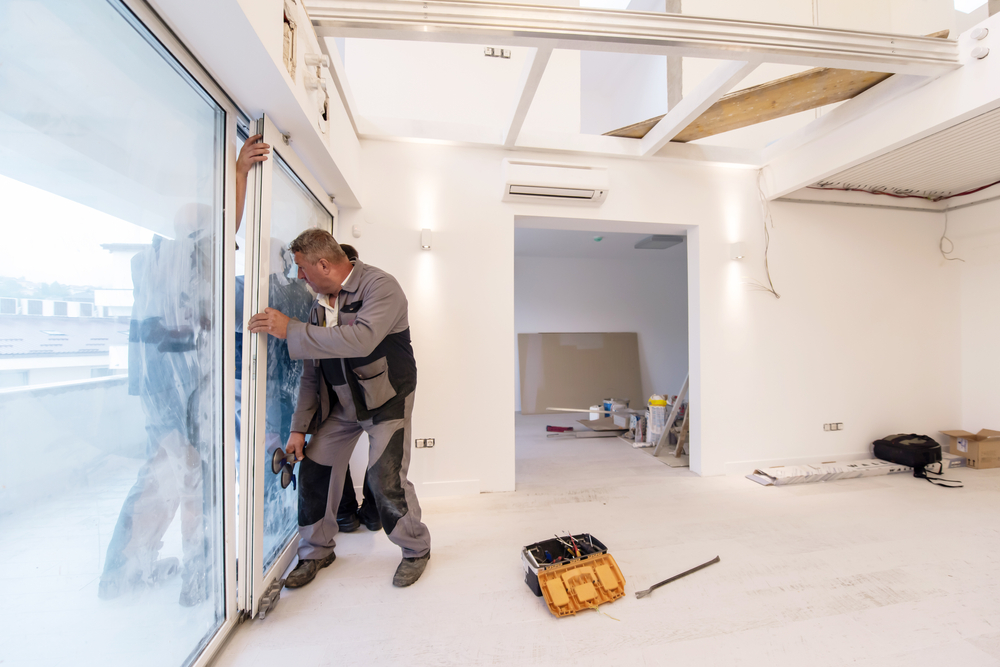
Other Cost Factors
Calculating the cost of building a new home doesn’t end with the building itself. Additional expenditures may include a pool, deck, or porch.
These add to the overall construction budget. For smaller lots, the pool may need to be installed before the home is even built.
Landscaping is another cost that needs to be included in the budget. Why have a beautiful home if the lot is not landscaped appropriately?
You may even consider a gazebo or pergola as part of the landscape design to make the outdoor areas more welcoming and comfortable.
In some areas, homeowners may also consider installing solar panels. Their installation and maintenance are costs that need to be factored into the overall construction project budget.
While they do lower utility costs, the initial costs can be hefty.
Building a home in Texas is not an impossible task, but it is one that needs to be undertaken in a very thoughtful manner.
By determining which items are “deal breakers” and which can be less luxurious, the budget can be maintained.
Keeping the goal firmly in mind is key to helping everyone get through the construction process.
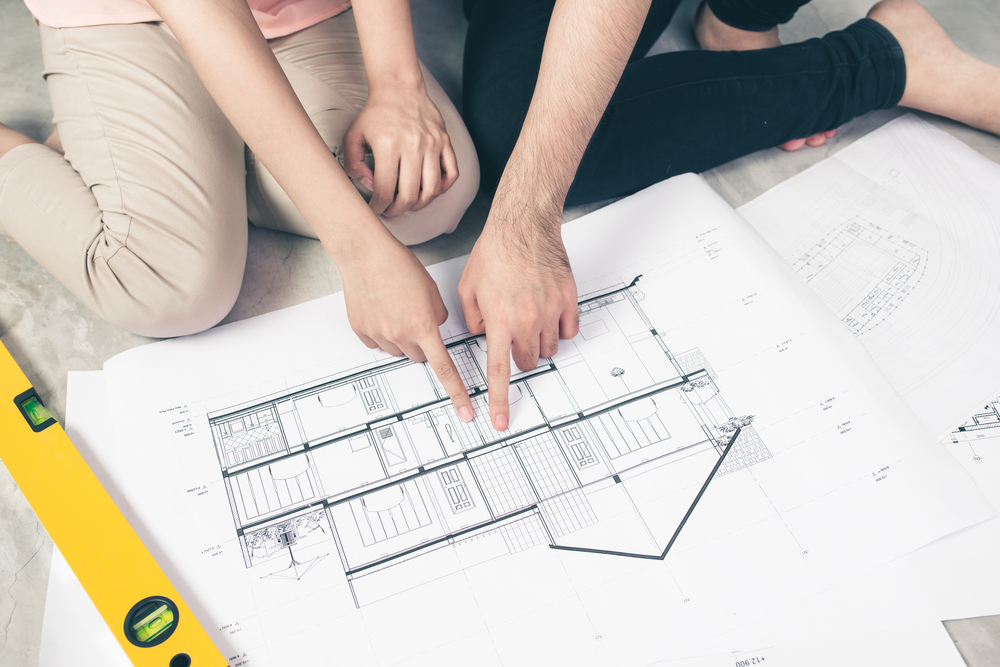
Building a new single-family home is a unique opportunity to create a unique and special place for a family.
However, it is not a process that should be rushed. Rather, it is the type of project that needs to be approached with thorough research, thought, discussion, and, sometimes, compromise.
In the end, there will be a home that reflects your taste, style, and way of life.

